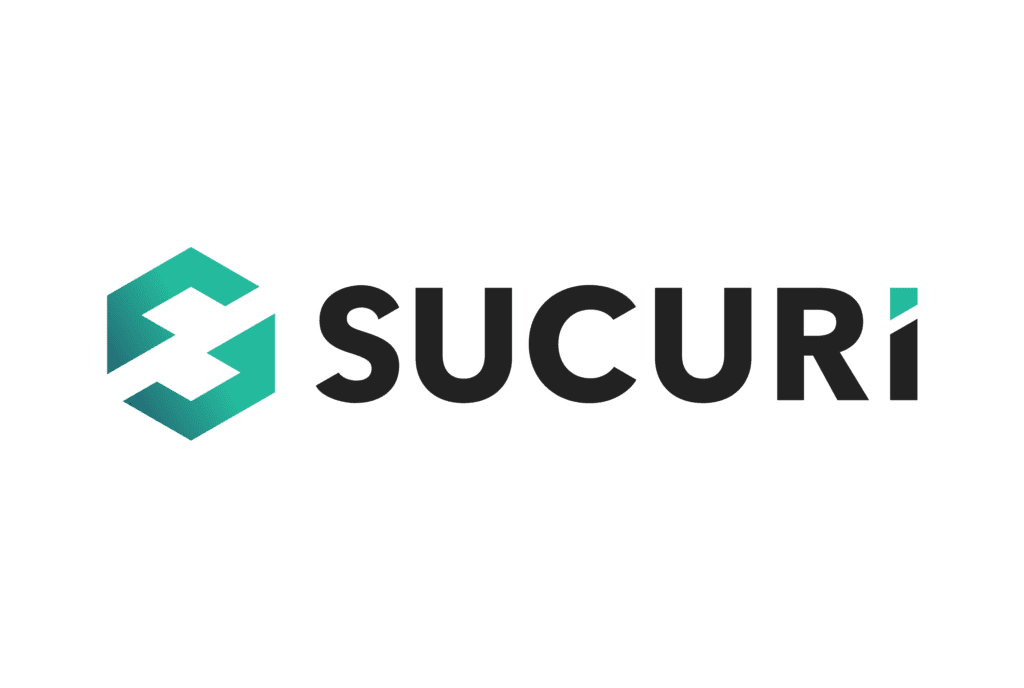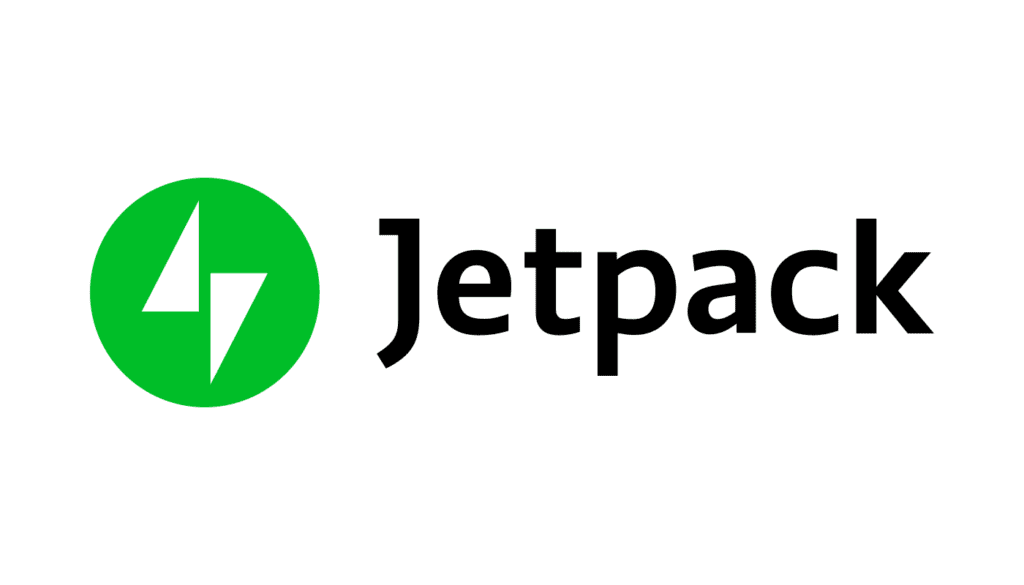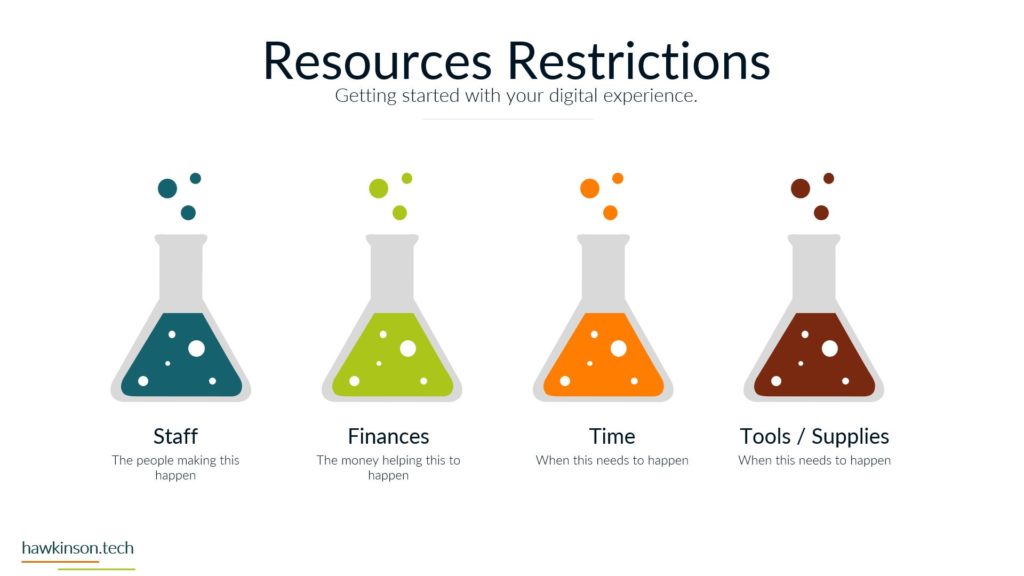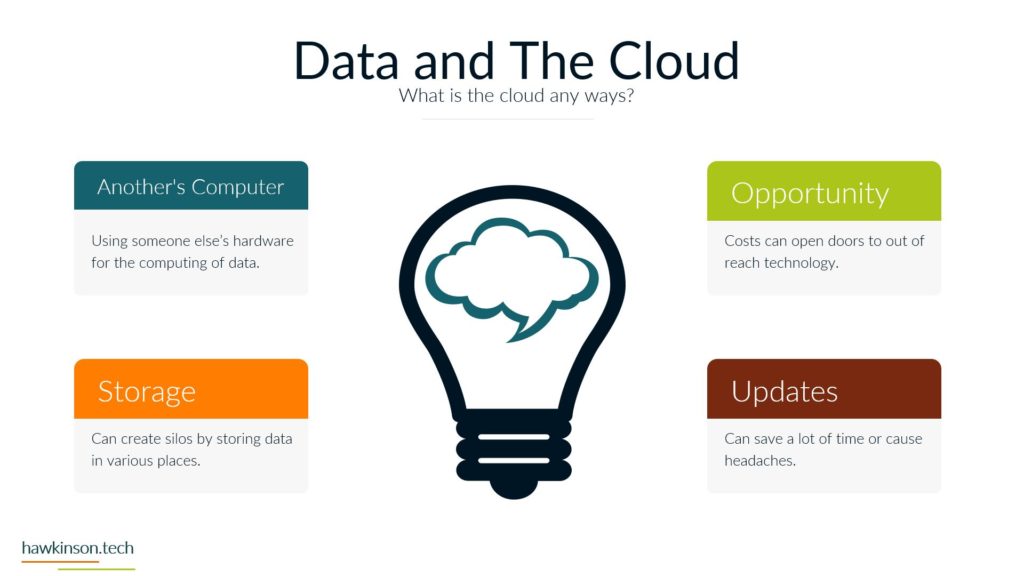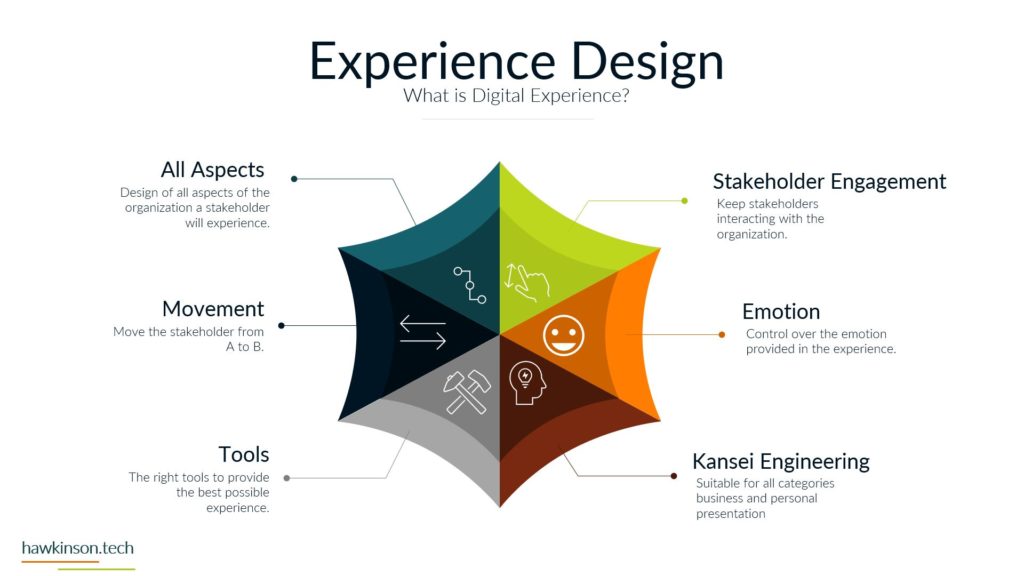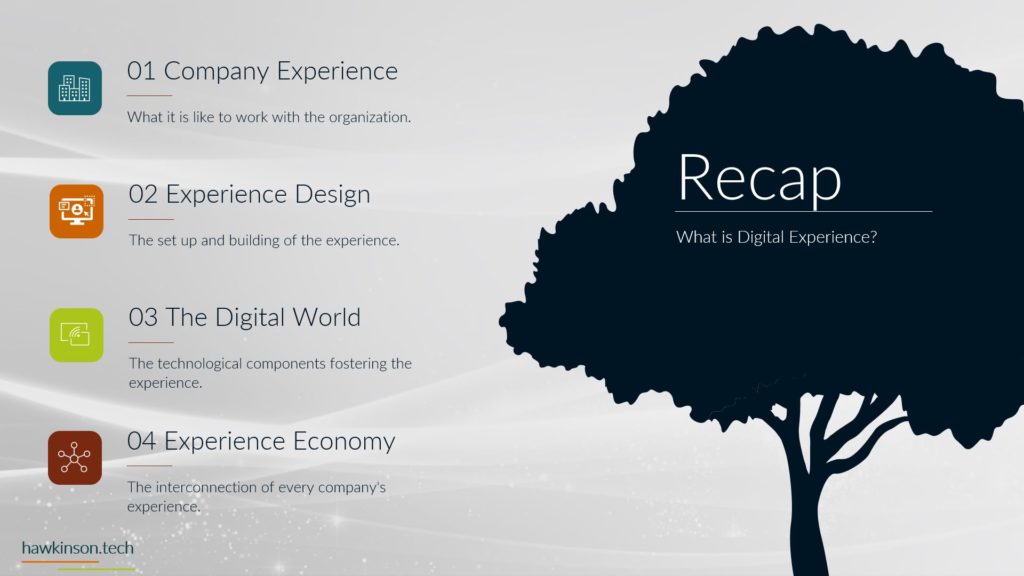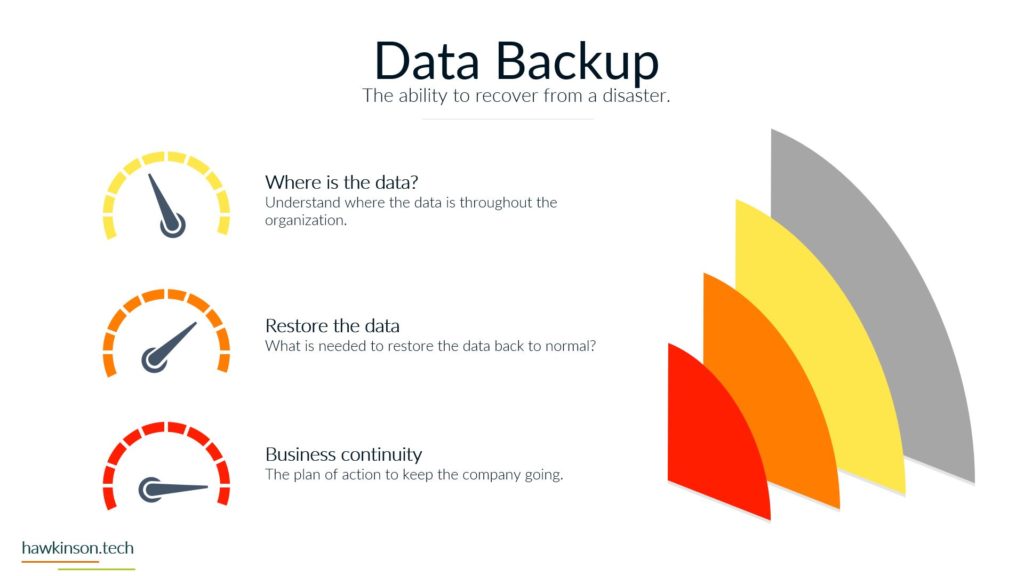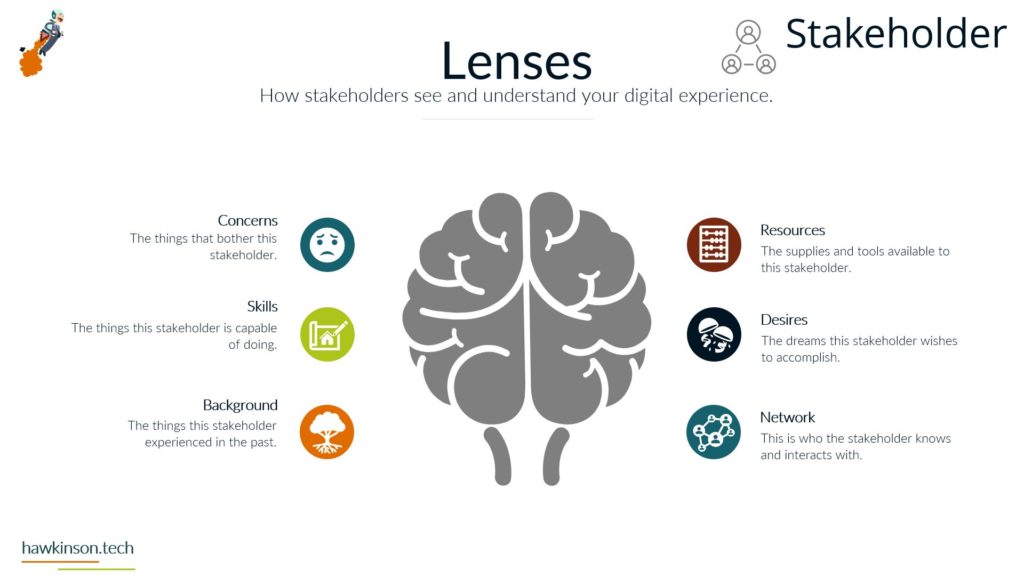SiteLock is a website security and monitoring service that protects against various online threats. Its features help businesses safeguard their websites, data, and customers.
Key Features
Malware Scanning and Removal
SiteLock regularly scans your website for malware, viruses, and other security flaws. It helps identify any questionable code, files, or activity and alerts you to any potential threats. SiteLock ensures your website is safe and secure by automatically removing any malware found on it.
Web Application Firewall
SiteLock’s WAF monitors incoming traffic to your website and filters out harmful requests, such as SQL injection or cross-site scripting assaults, to stop hackers from exploiting holes in your web applications.
DDoS Protection
SiteLock offers DDoS protection to lessen the effects of significant DDoS attacks on your website and ensure that it is still reachable by authorized users.
Content Delivery Network
By caching and distributing material from servers local to your users, SiteLock’s CDN helps to accelerate your website’s loading time, enhancing the entire browsing experience.
More Features
- Vulnerability patching
- SSL support
- Customer support
- Intuitive security dashboard
- Blacklist monitoring












